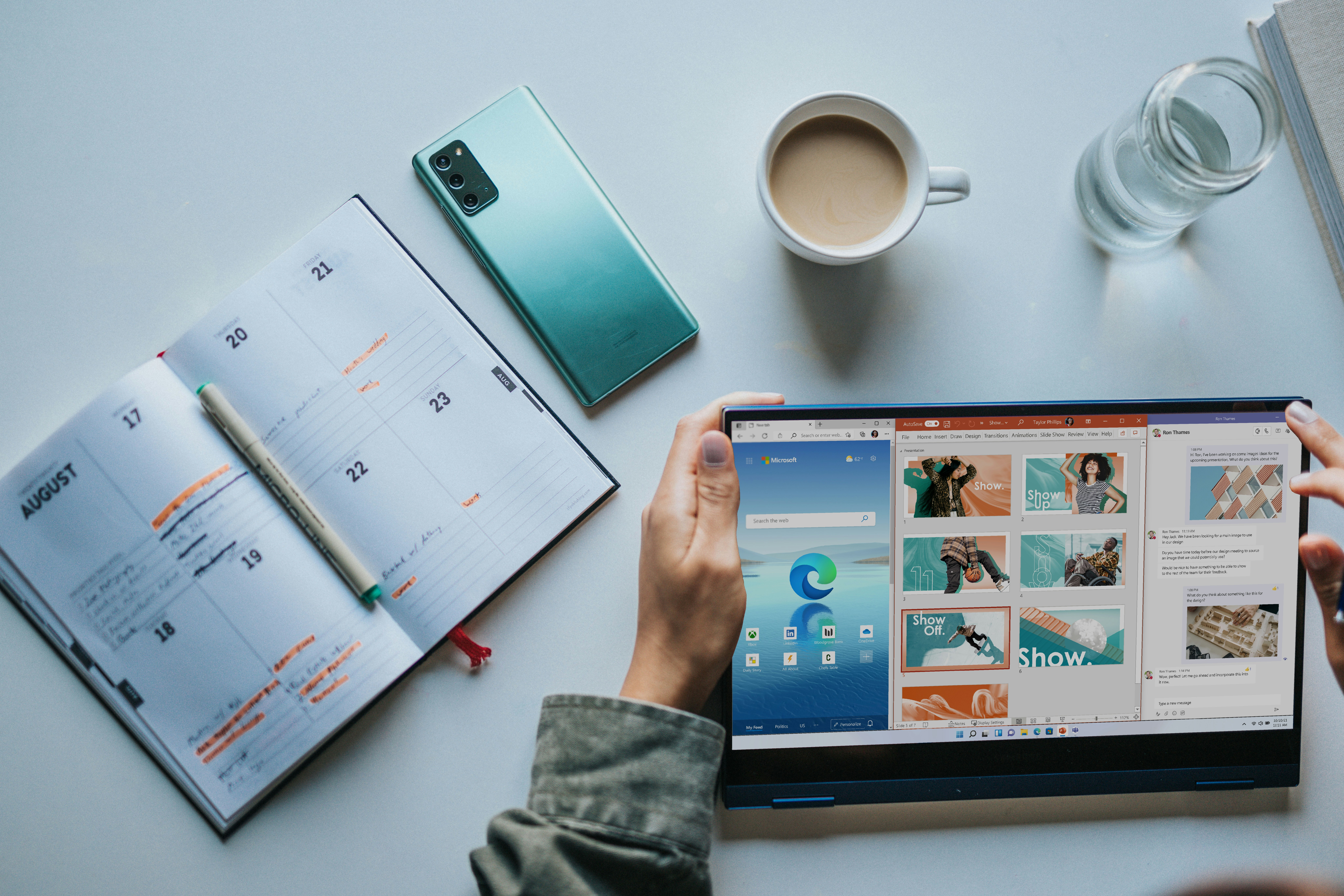What Are Deep Fakes?
We see it almost every day on Facebook, Instagram, Snapchat, and most other popular social media applications, even at some sporting events on the big monitors around the stadium. Some of us even use it daily (if you’re into that sort of thing). Heck, just this week alone, I have seen multiple friends of mine use it to show what they would look like 50 years from now.
What am I exactly talking about here? Those filters; the ones which allow you to change the way you look just by looking into your phone’s camera by applying some sort of facial recognition coupled with some sophisticated AI algorithms. Some even change the way you sound. When I see the Miami Dolphins play, there is a time when they put cute puppy dog faces onto the fans’ faces and display them on the huge TV monitors mounted in the stadium during the game. The effect is instant as the camera pans on the faces in the stands.
However, what I’m about to mention is not a filter per se, but a form of AI technology that can have some adverse severe global effects on society.
This month’s topic is about a technology known as DeepFakes.
So what is a DeepFake? It is a powerful AI technology that can transpose the face AND voice of someone else onto a video recording, replacing that of the original person while still keeping everything else, clothing, and surroundings, for example, unchanged.
Here’s an example of what I am talking about:
So far, DeepFakes have only been used by amateur hobbyists as jokes with no malicious intent.
It does not take too much of an imagination to see how Deepfakes can intensify fake news propaganda, which already spreads like wildfire across the globe.
DeepFakes have caught the eye of many politicians and cybersecurity agencies worldwide and are considered a severe potential threat to national security.
To quote Florida Republican senator Marco Rubio:
“In the old days, if you wanted to threaten the United States, you needed 10 aircraft carriers, and nuclear weapons, and long-range missiles. Today, you just need access to our internet system, to our banking system, to our electrical grid and infrastructure, and increasingly, all you need is the ability to produce a very realistic fake video that could undermine our elections, that could throw our country into tremendous crisis internally and weaken us deeply.”
The AI technology that DeepFakes depend on is still relatively new. For now, you can distinguish the transposed facial images on the original video. Yet, as the technology improves, there will come the point where we will not be able to tell the original video from a DeepFake, and this is what has the heads of states and nations on edge. Not only can this have an impact on countries and businesses, but DeepFakes certainly have the potential to damage the lives of individuals as well.
The way DeepFakes are created is in itself very interesting. Two AI models are used to create different forgeries of a video, and the other tries to detect these forgeries. This process goes on until the model detecting the forgeries is unable to tell that a copy exists.
Cyber threats are becoming increasingly dangerous and easy to exploit as days go by, and technology improves. Many countries are even sponsoring hackers to conduct cyber espionage in other countries and companies alike. It is becoming harder and harder for average technology consumers to keep up with these everyday advancements in cyber threats.
Facebook and many other social outlets and websites are riddled with fake news. Although fake news has always been around in the tabloids, (go to your local convenience store and take a look at all of those magazines and newspapers, usually near the cashier, that are laden with articles that read similar to “Queen of England finally reveals her 6 children with actor Tom Cruise”), their content is mostly limited to celebrities and most times, the reader can pick up on the ridiculousness of the headline. Not to mention, some of these tabloids are already well known to be “for entertainment purposes only” publications.
Today, however, with the global reach of the Internet, fake news (and now soon to be combined with Deepfakes) can spread within seconds. The topics are limited to everything above and under the Sun. They can cause mass panic and maybe even war and destruction worldwide, especially when everyone seems to be on edge and quick to believe everything that is seen and heard without investing much thought.
There are also shallow fakes in which the videos are also edited, but not to the degree of a DeepFake video. Shallow fakes have already caused outrage as explained in this article, which also shows a doctored video of Jim Acosta, a CNN reporter, allegedly attacking a White House intern.
The videos are almost so similar that it is hard to tell that there is a difference, but the article tells you what to look for.
Doctored Jim Acosta video shows why fakes don’t need to be deep to be dangerous.
So, what are your thoughts? Do you think that deep fakes could be as threatening as I have described in this article, or is it all fear and concern for nothing?
Want to have a go at it yourself? There’s a free app called FakeApp, developed by a Reddit user, available for download on the Internet. Just be careful where you are downloading it from. From what I’ve read, it’s not the easiest app to use, but if you do decide to give it a try, send me a link to your video, so we can share a laugh and discuss your newfound video editing skills, or lack thereof.



